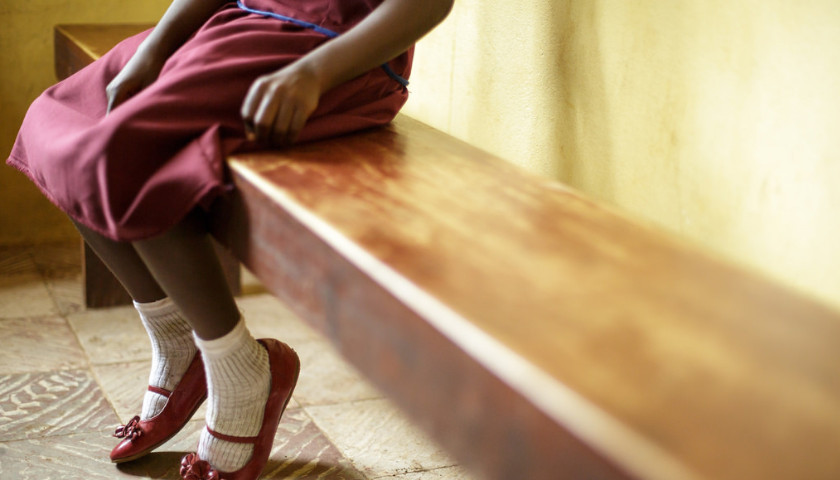Wednesday marks the International Day of Zero Tolerance for Female Genital Mutilation. Coinciding with the day, the United Nations is calling for action to eliminate the procedure by 2030.
The U.N. estimates at least 200 million girls and women alive today have been subjected to female genital mutilation, a procedure that partially or totally removes female genital organs. In addition, more than 3 million girls between infancy and age 15 are at risk of being subjected to the harmful practice every year.
While FGM mainly occurs in 30 countries in Africa, the Middle East and Asia, it is a global problem, with some migrant communities carrying on the traditional practice in Western countries.
The World Health Organization says FGM has no medical justification and leads to long-term physical, psychological and social consequences.
WHO spokesman Tarik Jasarevic says awareness of the harmful effects of FGM is growing and progress is being made toward banning it in some communities. He tells VOA that given the rate of population growth in countries where FGM is prevalent, action must be accelerated to reduce the number of girls at risk of undergoing the procedure.
“There was an analysis that was done by our colleagues in UNFPA [United Nations Population Fund] estimating that if female genital mutilation continues to be practiced at current levels, 68 million more girls will be subjected to FGM by 2030,” Jasarevic said.
World leaders overwhelmingly backed the elimination of female genital mutilation by 2030 as one of the U.N.’s Sustainable Development Goals. The U.N. considers it achievable if nations act now to translate that commitment into action.
While public pledges by entire communities to abandon female genital mutilation may be effective in some ways, the U.N. says such pledges must be paired with comprehensive strategies for breaking down the cultural, traditional and religious behaviors that allow the practice to persist.
– – –
Photo “Girl” by MONUSCO Photos. CC BY-SA 2.0.








